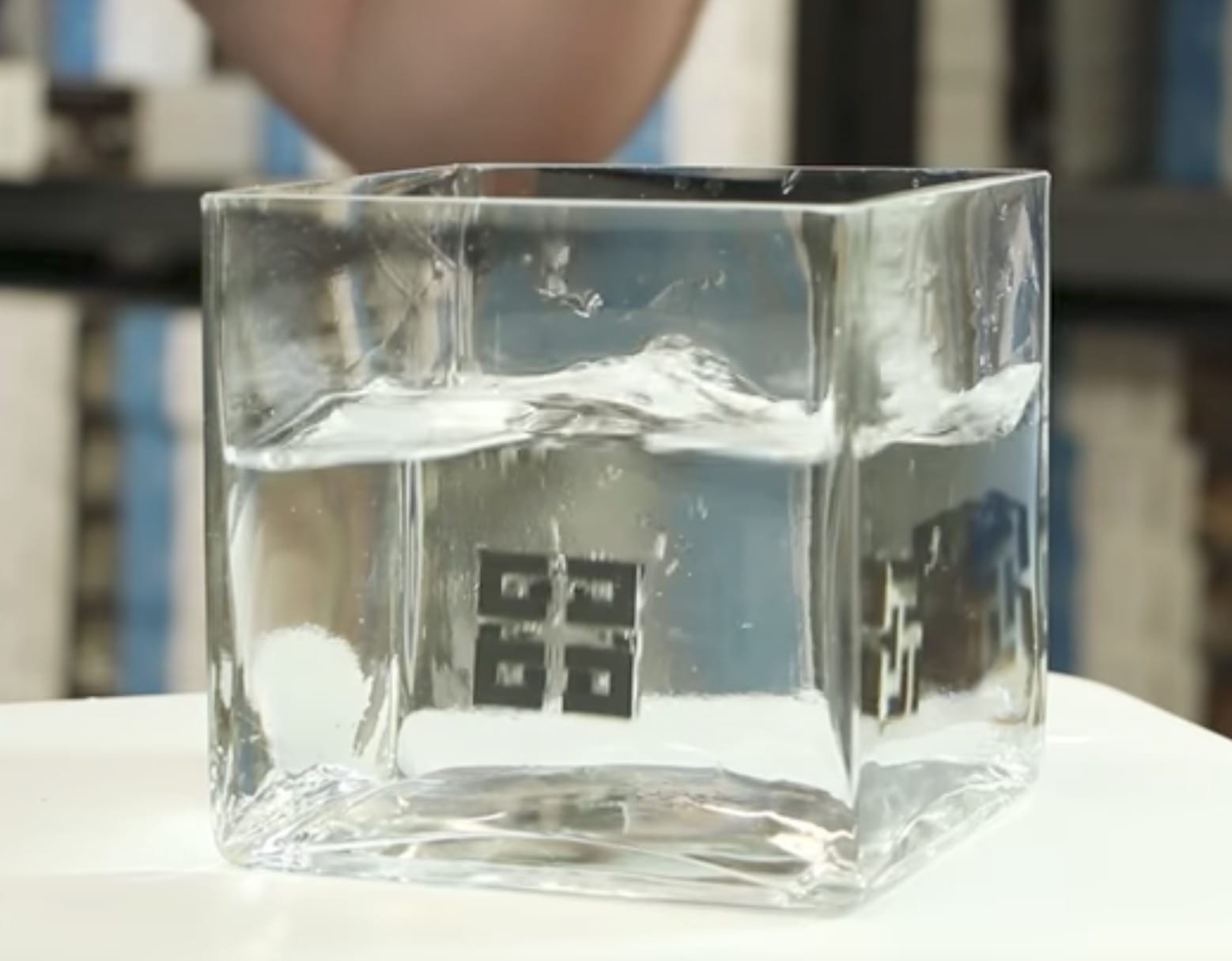
A trend is now very evident in the desktop 3D print world: soluble support.
The first desktop 3D printers were simple extrusion systems capable of only using a single material. This let to the common use of integrated support structures that had to be manually removed.
While this approach worked, more or less, for many 3D models, it was quite problematic for some object geometries. Complex shapes would even have support structures embedded within them, far beyond the reach of post-processing operators.
Removal of “hard” support structures also required much manual labor, could damage the print and frequently left unsightly marks on the finished print. These would require even more manual labor to remove.
Traditional support structures work, but are a pain.
The idea of soluble support is not new, as it was commonly used in Stratasys equipment for some years. However, it was not accessible to the desktop 3D printing community due to patents and the limitations of equipment: dual extrusion machines were rare, expensive and often unreliable.
Early dual extrusion systems sometimes used PLA as the support material, with ABS as the model material. This solved some, but not all of the problems mentioned above.
Worse, early dual extrusion systems were finicky. The typical implementation was two adjacent extruders that were heavy and slowed printing movements. But the worst effect of this approach was that the two nozzles had to be precisely aligned. If not, the support would be offset somewhat from the rest of the 3D model, making it challenging to print complex 3D models.
Alignment of the nozzles was tricky as they had to be positioned perfectly in three dimensions. This is an extra step required before prints that some folks didn’t bother with. I know of many people whose dual extruder system quickly devolved into a single extruder, simply because it was a lot more reliable to print.
But then things started to change. In the past year and a half I’ve seen multiple systems emerge that employ the “single nozzle, multiple materials” approach. In this configuration, such calibration is implicit and not required. There are a few other dual extrusion approaches, but the trend is clear: the ability to 3D print in multiple materials is growing.
But it’s not really about many different materials; no, it’s really about the ability to 3D print support structures. And in particular, dissolvable support structures.
With this type of support structure, much of the post-processing labor essentially disappears, as you simply dunk the print into a tub of plain water and let chemistry do the work. This support material can be used virtually in any portion of a 3D model, freeing one from some of the worries of print reliability.
This capability means that appropriate desktop 3D printers are then able to print arbitrarily complex structures with far less fear of failure. That is a very powerful capability for designers seeking the latest creations.
But there’s more to it. Just because you have a 3D printer capable of multiple materials doesn’t mean you’re ready to go. No, you need the dissolvable support material as well.
And that’s the other part of the equation. It seems that the plastics suppliers have caught onto this trend and are increasingly offering choices for dissolvable support material.
In recent weeks I’ve seen announcements from Verbatim, Airwolf 3D, Ultimaker, FormFutura and most recently one from 3D-Fuel, all of whom (and many others) are now offering dissolvable support material options.
I view this trend as extremely positive for the industry. Imagine if EVERY desktop 3D printer were able to 3D print in dissolvable support structures. Reliability would dramatically increase as would the boundaries of geometric exploration.
That leads to new innovations far more quickly, the intent of this advanced technology.

